The Lute and Lyre are both stringed instruments that are sometimes mistaken for each other. Interestingly, both instruments have different origins. Also, there are other significant differences.
In this Lute vs Lyre article, I will show you how both instruments are different and how they are similar.
What is Lute?
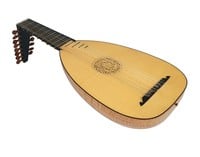
A Lute is from the string family is commonly referred to as any plucked instrument with a deep round soundbox housing a hollow cavity and has a neck.
The hollow on its body is also called the soundbox and can be fretted or unfretted.
The strings on the Lute are attached to the neck and run parallel to the soundbox. On the end of the neck is the pegs or post that serves as a turning device for tuning the string on the Lute to a particular pitch.
You can also use it to tighten or loosen the tension on the strings.
What is Lyre?
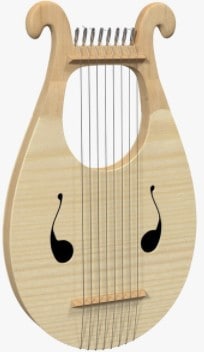
The Lyre is an ancient musical instrument of the string family that originates from the Greek. The ancient Lyres have a hollow soundbox and the most common of them is known as the chelys.
Unlike the modern-day Lyre that was made from wood, the ancient Lyre was made from the shell of a turtle. The classical Lyre does not have a fingerboard for pressing down strings. While it requires both hands to play, one of the hands is used for strumming the string instead of plucking while the other hand is used for balancing.
What is the difference between the Lyre and a Lute?
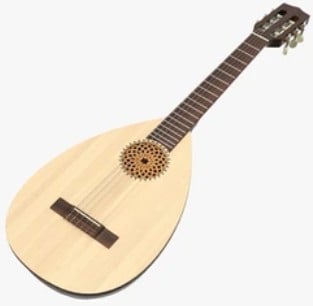
Though they are of both string families, the Lyre and the Lute are very much different.
The most significant difference is the size and shape. While the Lyres are generally smaller and can comfortably sit on your lap, the Lute on the other hand is big and requires a bit of support on the ground while playing.
Another unique difference is from their neck. While the Lyres have a fretted neck, the Lute does not.
While Lutes use a pick for plucking or strumming, the Lyre needs just your fingers since they don't have a plectrum.
Also, since they are of different sizes and shape, their sound is different and the way they produce their sound are also not the same.
The Lute does not have a sound box as earlier discussed so they don't produce a wide range of low frequencies as the Lyre. The Lyre on the other hand has a soundboard on which its strings are stretched perpendicularly which makes them able to produce rich and full low frequencies.
Another difference is their prices. Lutes are not as common as Lyres. In fact, they are produced on request which makes them cost more.
Is a Lute the same as a Lyre?
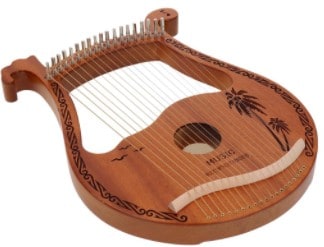
Since the Lyre is a smaller musical instrument compared to the Lute in size. The Lyre also has lesser strings of around 7-10 in numbers making them more comfortable and easier to handle.
And since they are also cheaper, they are easy to get compared to the Lute, making them more accessible instruments than the Lute.
Is a Lyre a harp?
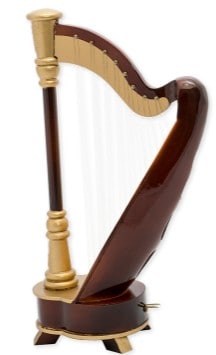
Even though in general the Lyre is different from the harp, there is an instrument called the Lyre harp.
The Lyre harp is a string instrument, it has the appearance of a normal harp with slight differences and was used in Greek classical antiquity.
The neck of the Lyre is curved while the neck on the harp is straight. Another difference is the Lyre is smaller in size compared to the harp and many more.
Is a Lute like a harp?
Both are stringed instruments, but they are very different. While we have earlier discussed the attributes of the Lute as having a round back and neck, strings attached to pegs on its neck which has some turning mechanism for loosening and tightening the strings for tuning purposes, how they are being played, and the sound they produce.
The characteristics of the harp are quite different, it's played with both hands, and is even considered one of the oldest musical instruments.
Wrap up
The Lute and Lyre are both great musical instruments and will perform well depending on the context in music you are using them for.
Hopefully, this article would be able to help you make the decision that's if you are planning to pick up any of them for learning purposes or just to play for fun.

